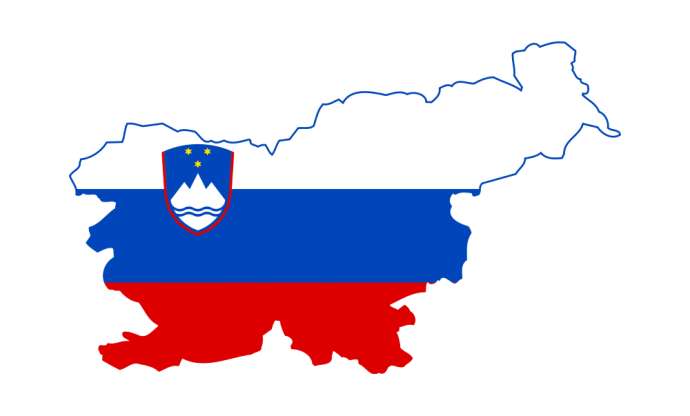STA, 14 May 2019 - Although the general belief in Slovenia is that immigrants from the Western Balkan countries are mostly unqualified labourers, a survey presented by the charity Caritas on Tuesday suggests that most immigrants have secondary education and are often overqualified for the work they do in Slovenia.
Interestingly, Slovenia also does not export only young educated people but also unqualified workers and the number of people leaving the county almost matches the number of people moving into Slovenia, says the publication Our Common Home (Naš skupni dom), funded by the European Commission and the Slovenian Foreign Ministry.
In 2017, 17,555 people moved out of the country, mostly to other EU countries, while 18,808 people moved to Slovenia.
Slovenians living abroad significantly contribute to the development of Slovenia, the authors say. "Our data show that the Slovenian diaspora contributes more (to Slovenia) than the immigrants here contribute to their source countries," a co-author of the publication, Nina Stenko Primožič, said at today's presentation.
Most migrants in Slovenia (86%) were born in one of the Western Balkan countries. According to Eurostat data from 2018, 108,000 of them were born in Bosnia-Herzegovina, 45,000 in Croatia, 25,000 in Serbia, 17,000 in Kosovo, 17,000 in North Macedonia and 3,300 in Montenegro.
Most of the people moving to Slovenia have finished high school but since they could not find a job that would suit their education, they take on jobs for which they are overqualified and accept lower pay.
However, most young people from the Western Balkan countries who currently reside in Slovenia are highly qualified and often work as experts.
In 2015, 10% of female immigrants and 8% of male immigrants in Slovenia had tertiary education. Among Slovenians, the share of people with tertiary education was higher, at 25.7%. But the authors of the publication note that not all highly qualified people from the Western Balkans move to Slovenia.
Foreign students accounted for 4.5% of all students in tertiary education in Slovenia in 2017/2018, according to data by the Statistics Office. Most of them (over 90%) came from the Western Balkan countries, especially North Macedonia, Bosnia-Herzegovina and Serbia, and EU countries (mostly Croatia).
Among migrants from non-EU countries, most came from Russia (3,000), China (977), the US (768), Argentina (456) and Canada (372). Migrants from Russia were highly educated (more than 50% of men and 43% of women had tertiary education). Among South Americans, 35% of men and 40% of women finished tertiary education.
Since the end of the crisis, companies and public institutions in Slovenia are trying to attract highly qualified staff from abroad, doctors in particular. In mid-2018, the government prepared legislative changes facilitating the hiring of doctors from non-EU countries.
According to data from 2016, 13% of the 7,500 doctors in Slovenia were foreigners.
The biggest share of migrants from the EU (24%) live in central Slovenia, 18% in Podravje in the north-east and 14% in the western and coastal region.
Most people from Bosnia-Herzegovina live in central Slovenia as do more than half of those from Montenegro and almost 40% of those from Serbia.
People from Albania and Kosovo are more widespread around the country, mostly because of their family businesses.
Many migrants who moved to Slovenia while it was still a part of Yugoslavia live in the areas which used to be strong industrial centres.
According to Eurostat data, just over 250,000 people living in Slovenia at the beginning of 2018 were born outside the country, which is 12.1% of the population. More than a half of them had Slovenian citizenship.
The publication is a part of the project MIND (Migration. Interconnectedness. Development.), financed by the European Commission and led by Caritas Austria with Caritas Europa in the co-lead and ten further Caritas organisations as partners.
The full report, in Slovenian, can be found here







